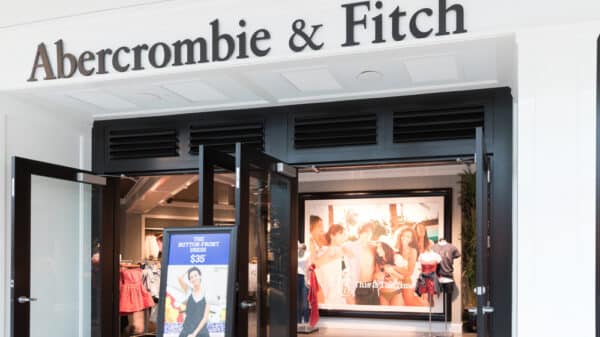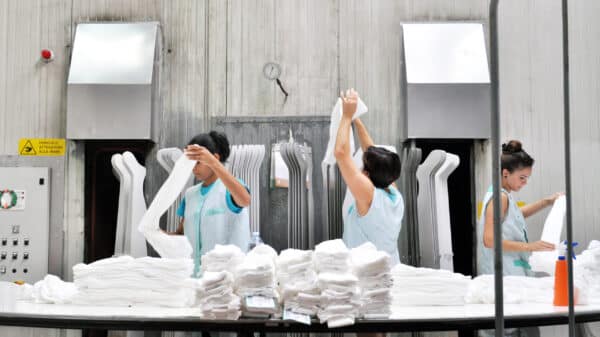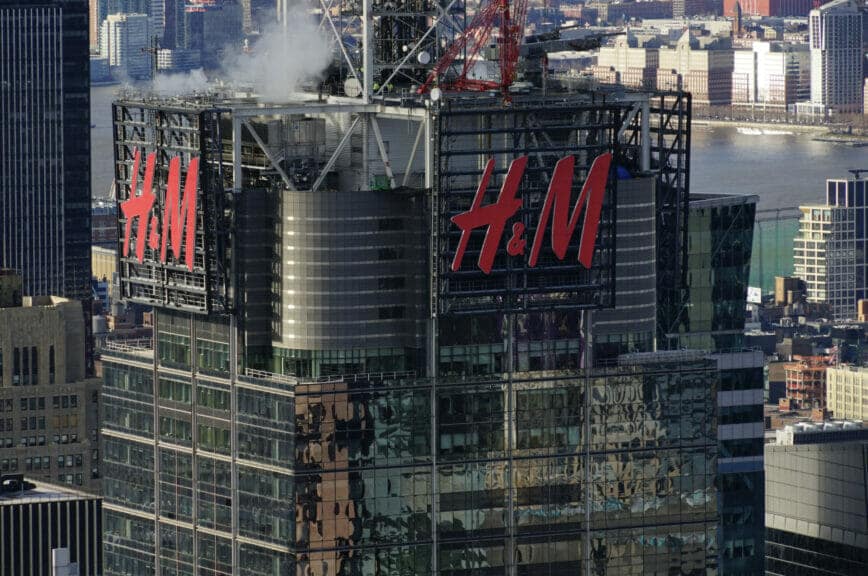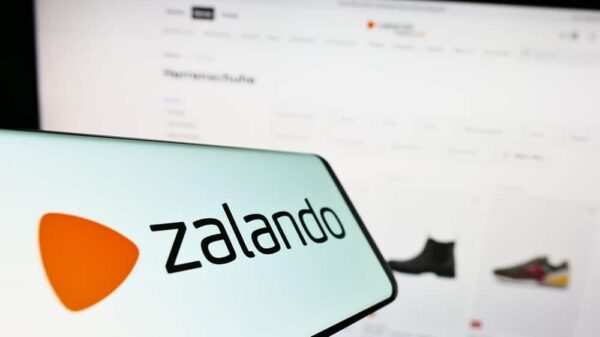The ongoing political upheaval in Bangladesh has cast a shadow over major fashion brands like H&M, Uniqlo, and Zara, putting their upcoming clothing collections at risk of delays. This situation is a stark reminder of how interconnected our lives are with global supply chains. When protests erupt or political situations destabilize in countries that produce our favorite clothes, it doesn’t just affect the production line; it trickles down to us, the consumers, changing what we can wear and when we can wear it.
The heart of this issue lies in the garment factories of Bangladesh, which many top brands heavily rely on. These factories, some of which have been operating for years, are now shuttered indefinitely amidst widespread protests. Reports indicate that the unrest intensified following the resignation of Prime Minister Sheikh Hasina on August 5, a move that came on the heels of violent protests resulting in nearly 300 deaths. Such tragedies evoke not only sympathy but also concern as they ripple through the communities that depend on the garment industry for their livelihood.
According to the World Trade Organization, Bangladesh ranks as the world’s third-largest clothing exporter, trailing only behind giants like China and the European Union. It’s a powerhouse in the fashion industry, supplying garments from around 10,000 factories, many of which are critical to brands like H&M. In fact, H&M has openly expressed its apprehensions over the situation, aware that disruptions can impact the smooth rollout of new collections.
For Zara, the stakes are similarly high; 98% of its production was sourced from Bangladesh as of 2022, and its 12 manufacturing clusters are now feeling the pressure of the shutdowns. Fast Retailing, the parent company of Uniqlo, isn’t immune either. With approximately 29 factories contributing to its production, Uniqlo faces its own share of complications amid the turmoil.
This chaos exacerbates already existing challenges in the fashion supply chain, complicated further by the ongoing conflict in the Red Sea region, which had previously caused disruptions of its own. With all these factors at play, the consequences for these brands are significant. H&M, for instance, has had to defer some of its planned spring/summer campaigns due to shipping delays. They are now doubling down on efforts to relocate production closer to their target markets and have been proactive in requesting earlier shipments to mitigate the fallout.
What does that mean for you, the everyday shopper? It might lead to fewer choices at your favorite retail stores or longer wait times for that trendy piece you had your eye on. The complexities of global fashion aren’t just abstract concepts; they impact your shopping experience directly. The overshopping and rapid turnover that many global fashion brands have become synonymous with may start to falter if political stability doesn’t return.
Feeling frustrated or confused by the flow of trends? You’re not alone. This situation is a vivid reminder of how the fabric of our everyday lives is woven into the global tapestry of economics, politics, and human rights. As these brands navigate these turbulent waters, we’re left waiting to see how quickly they can adapt, and how that will ultimately shape our closets in the months to come.





























